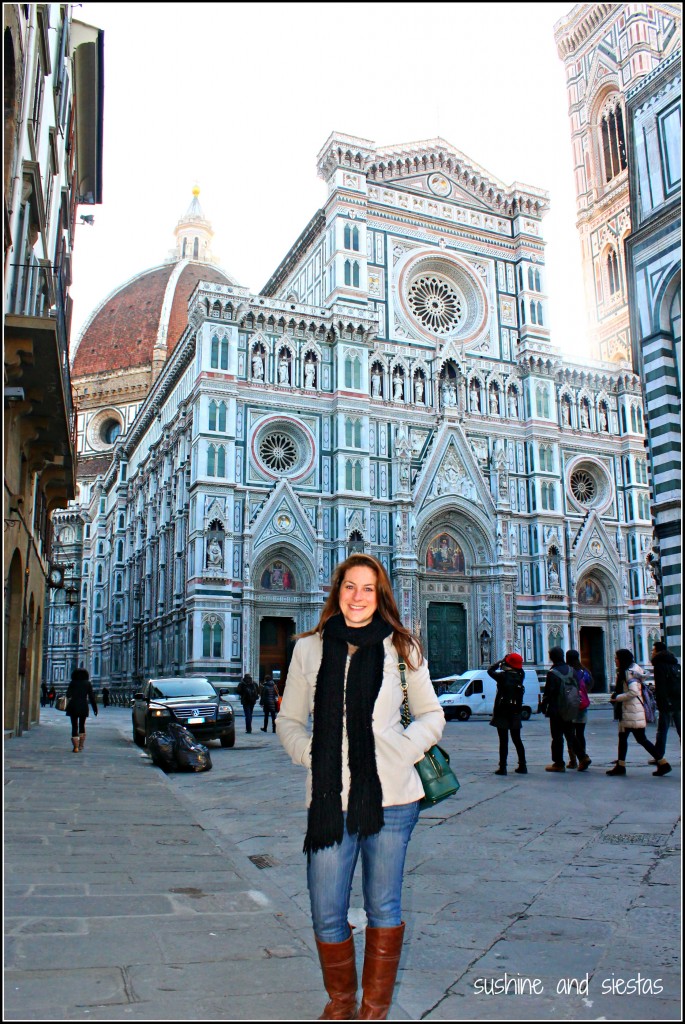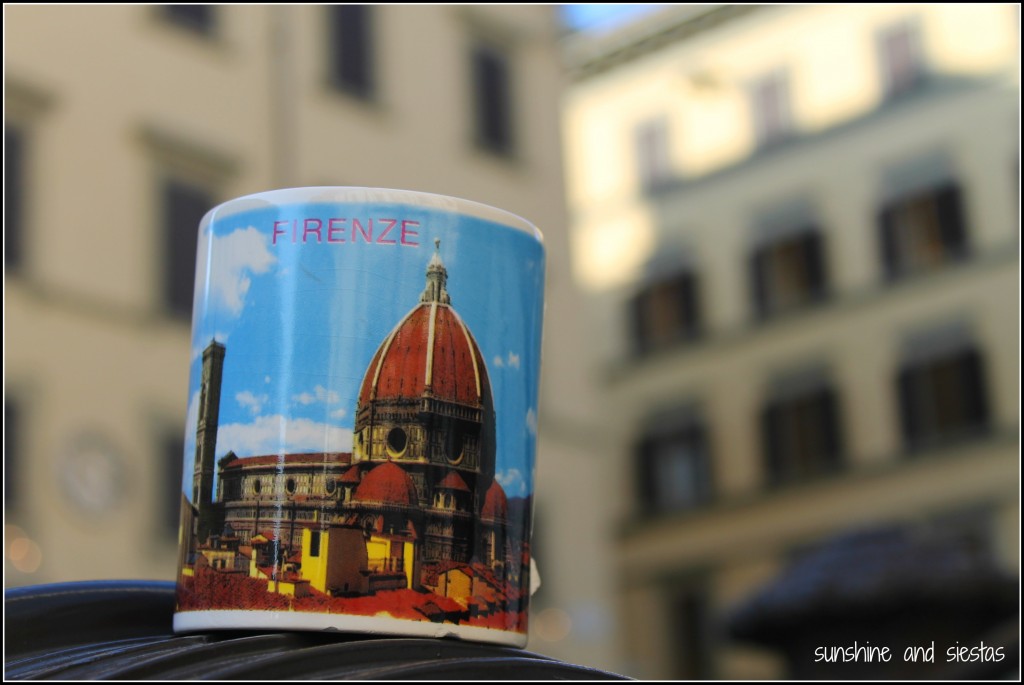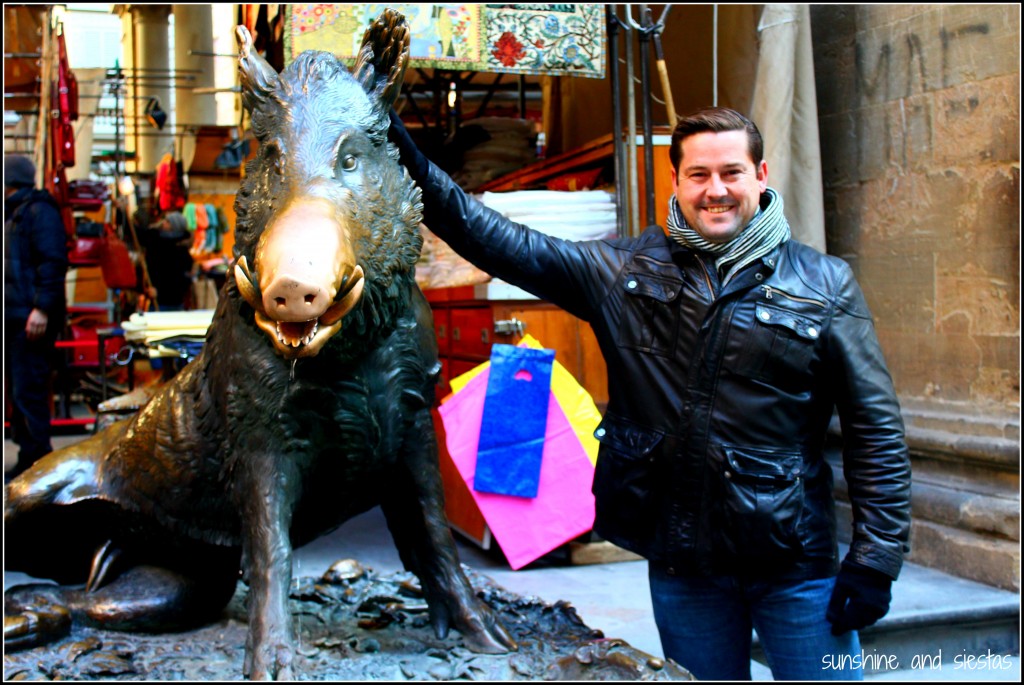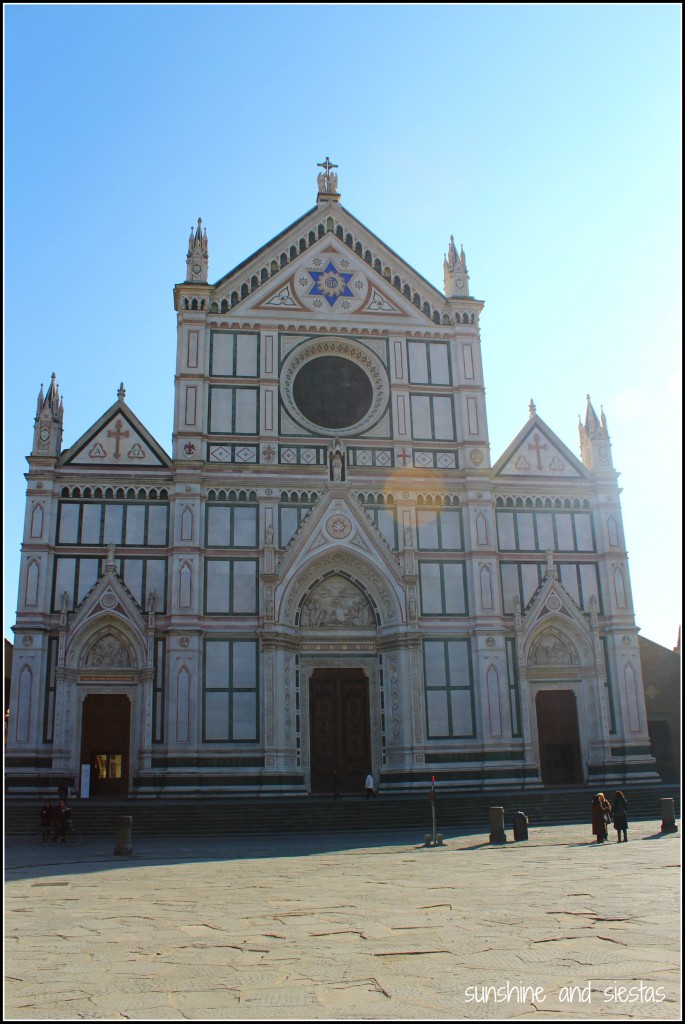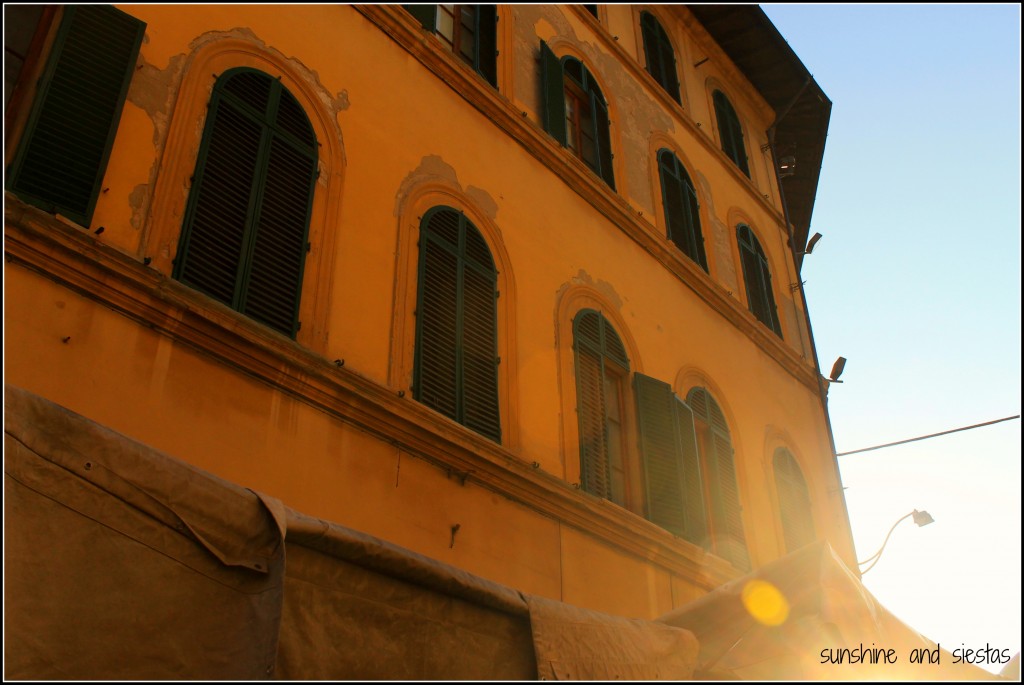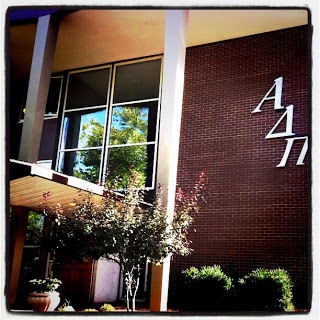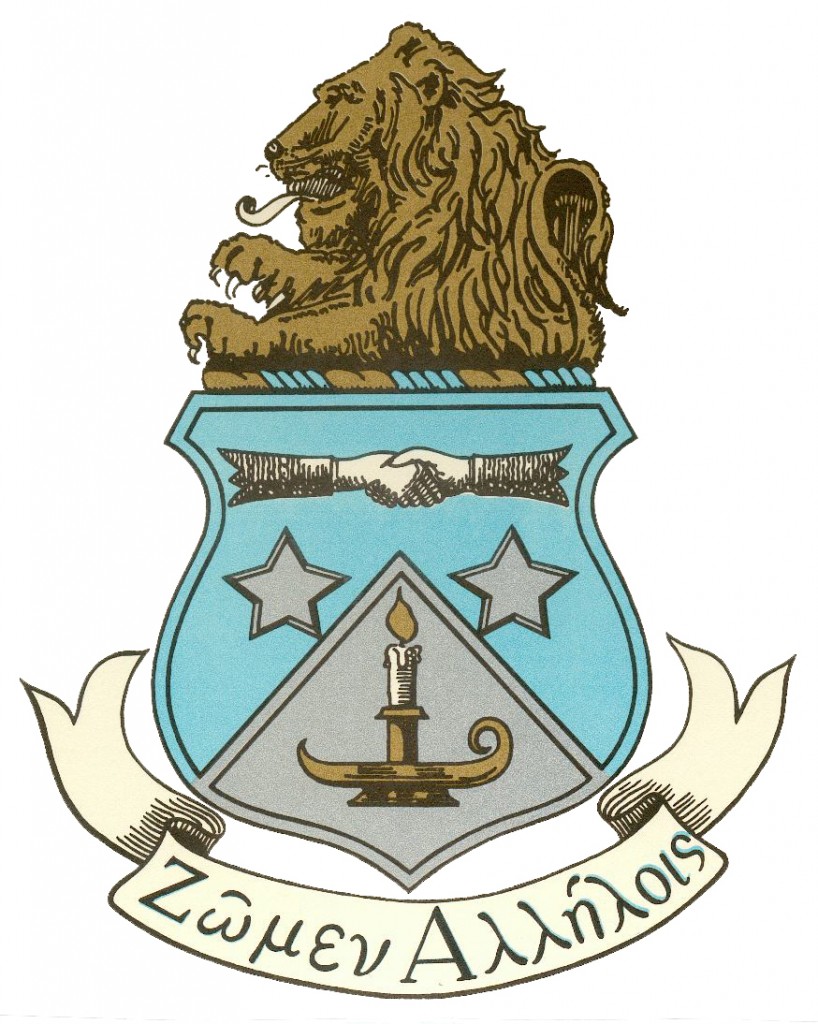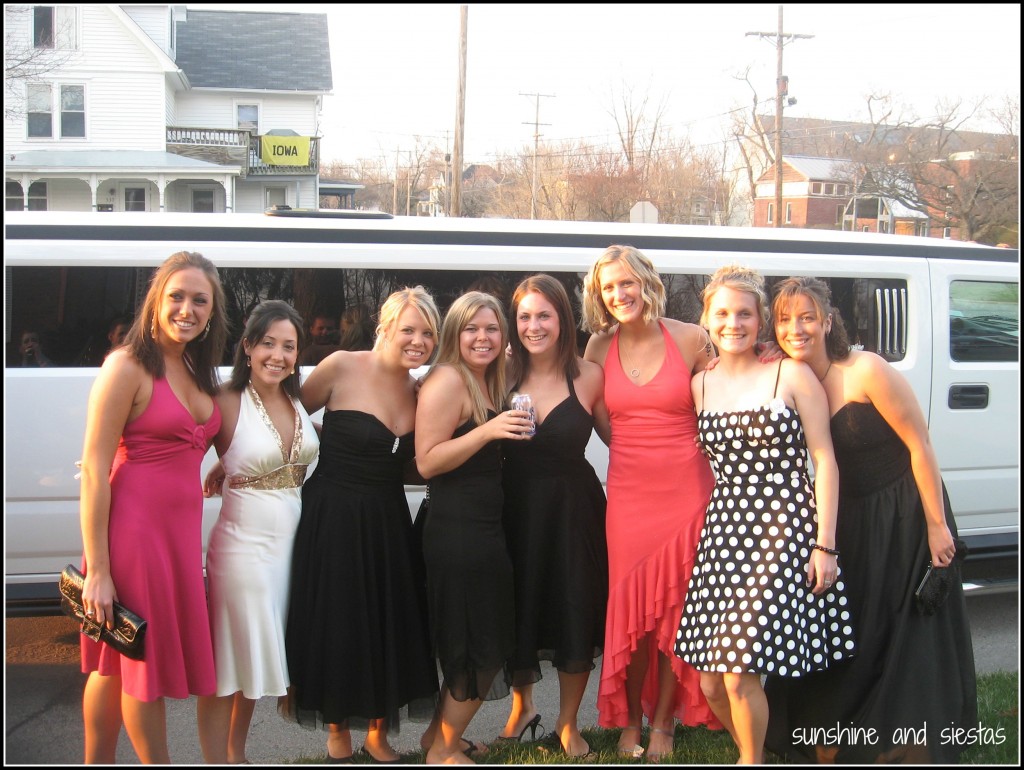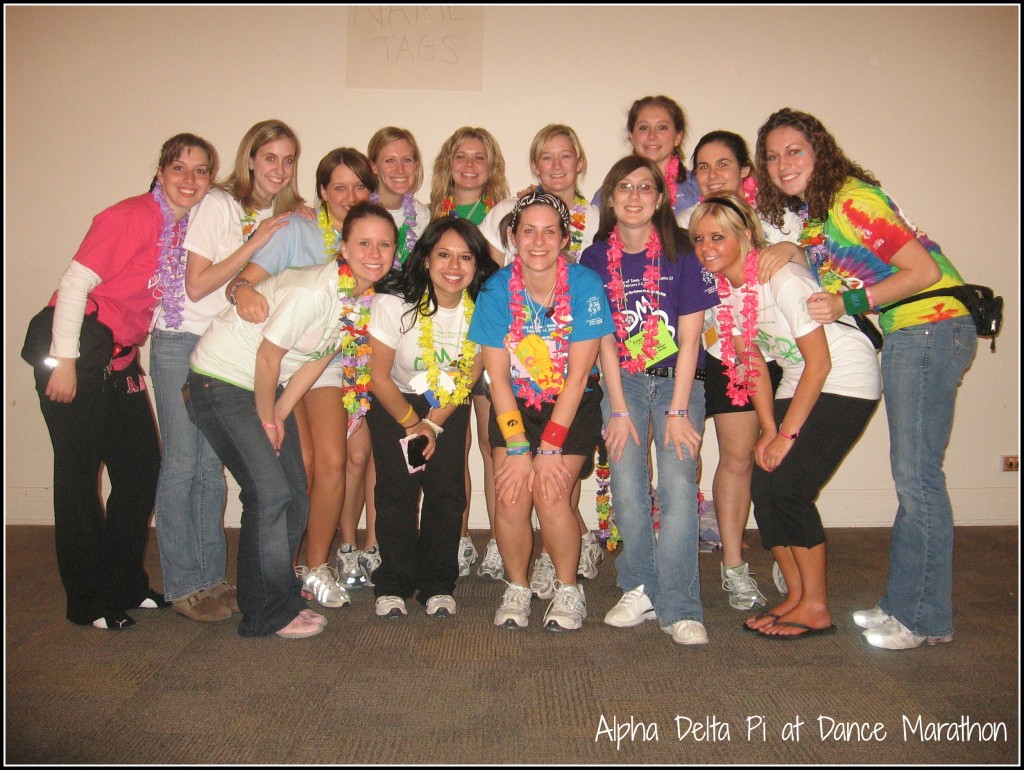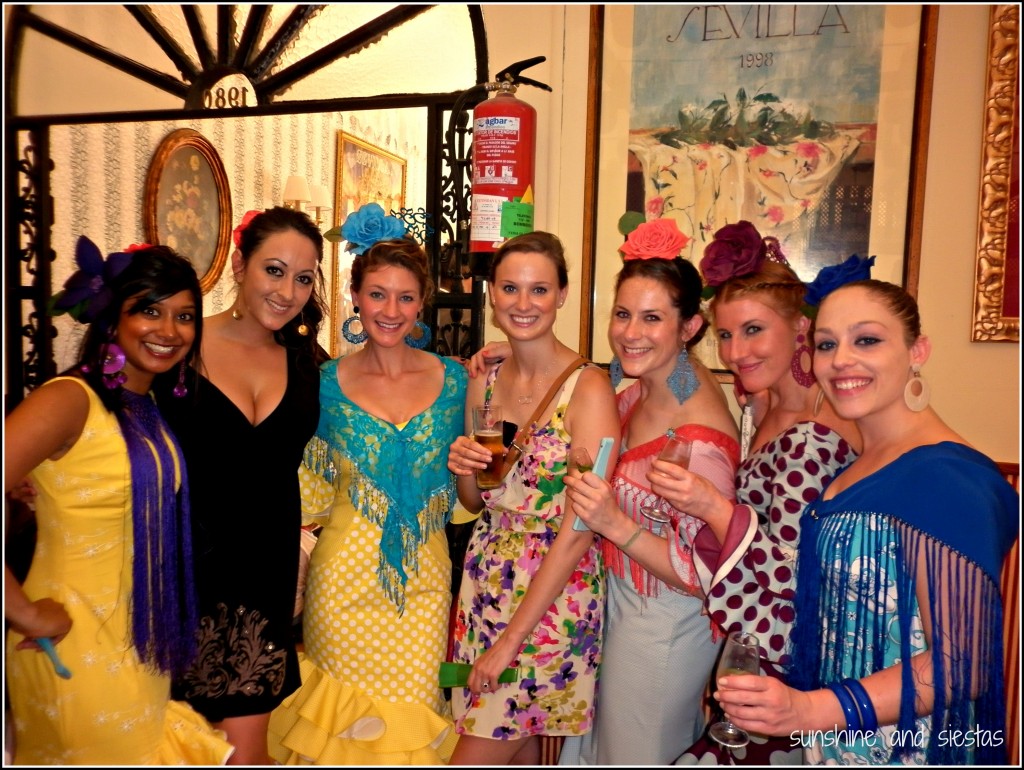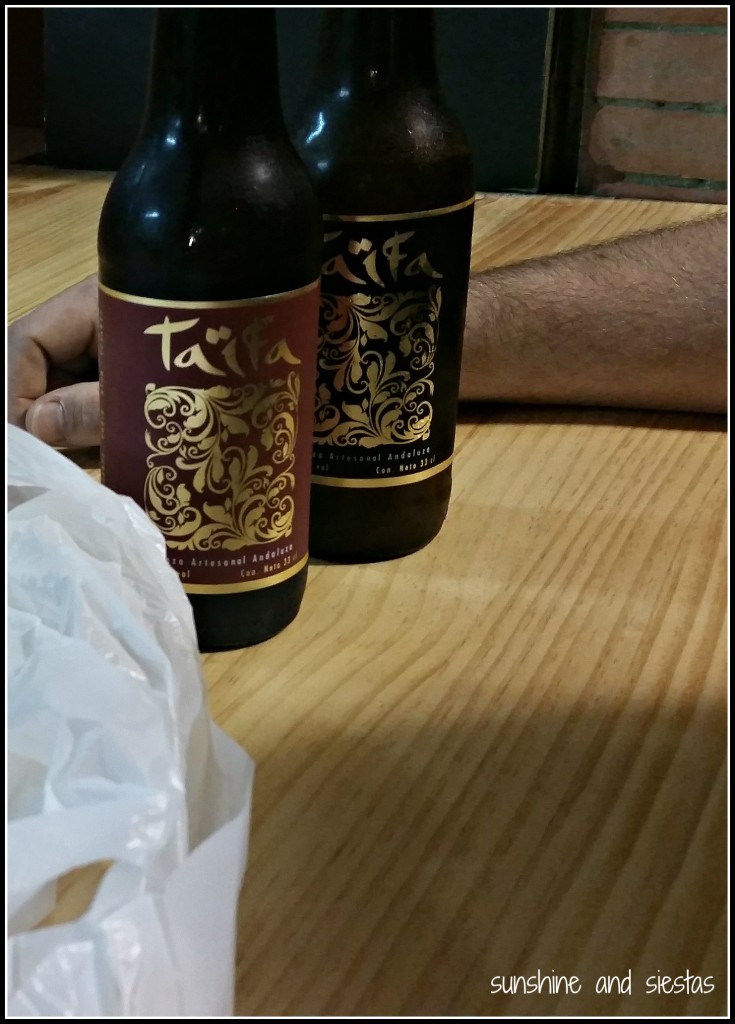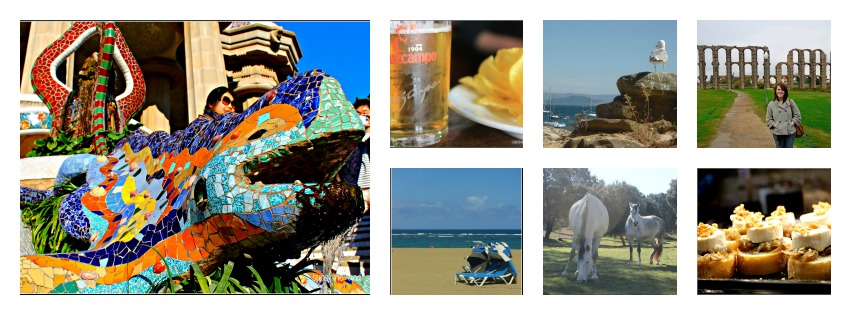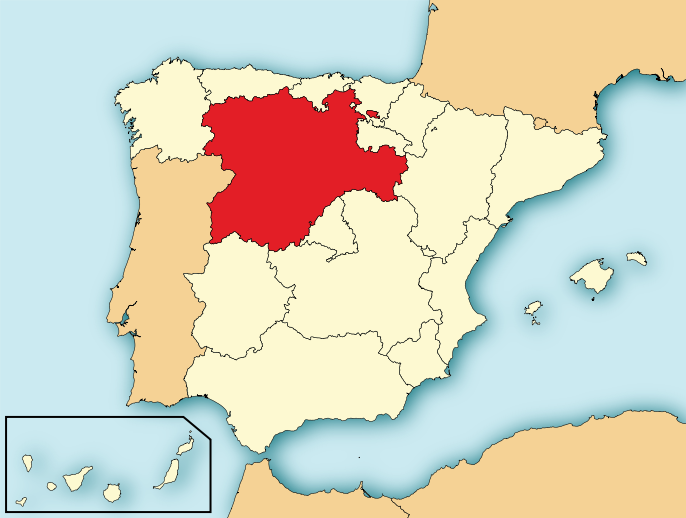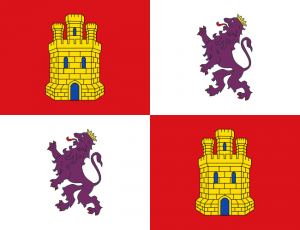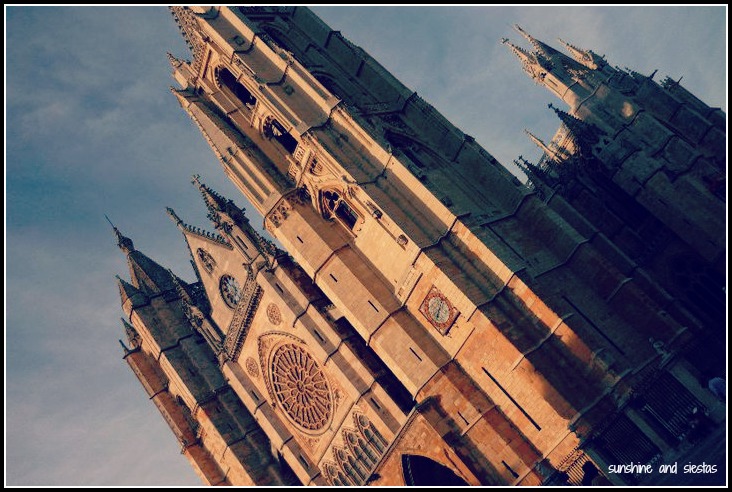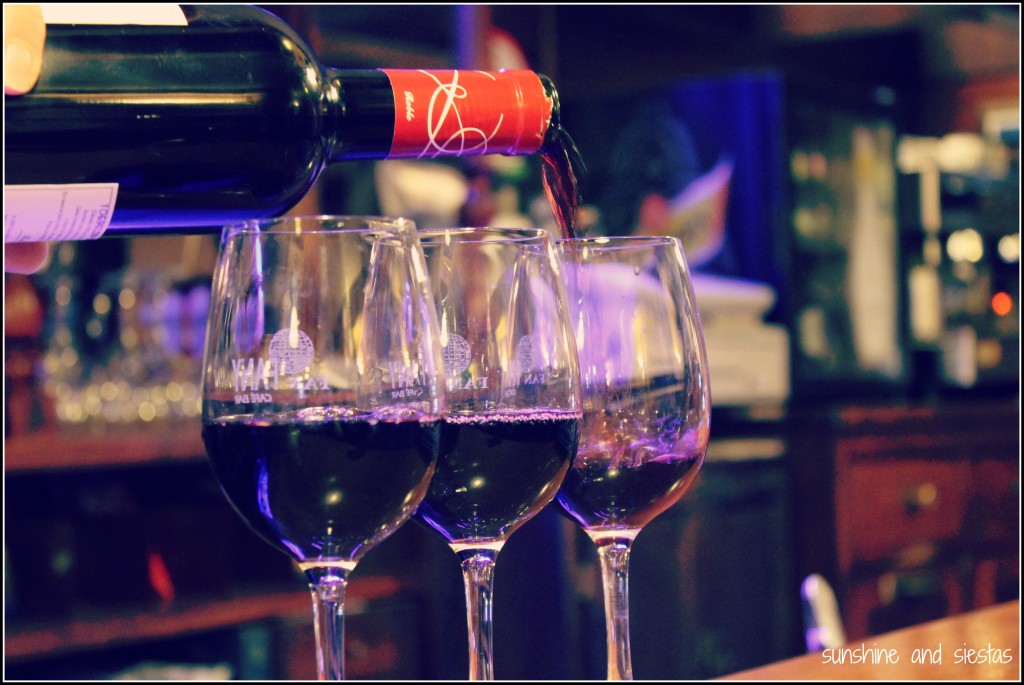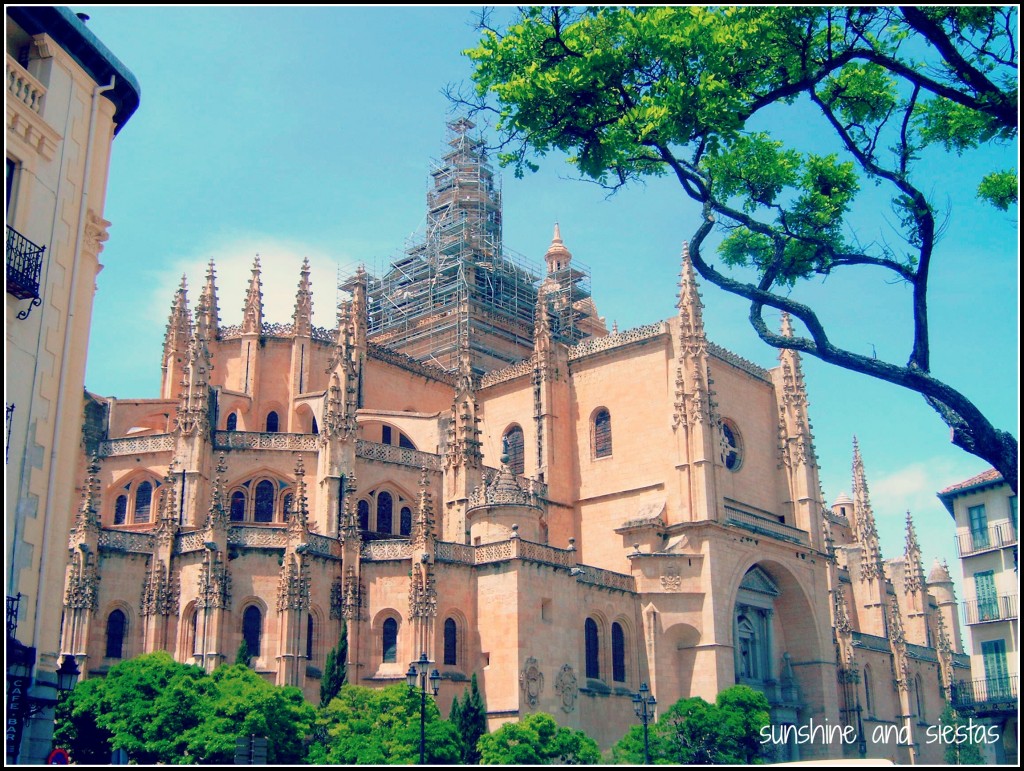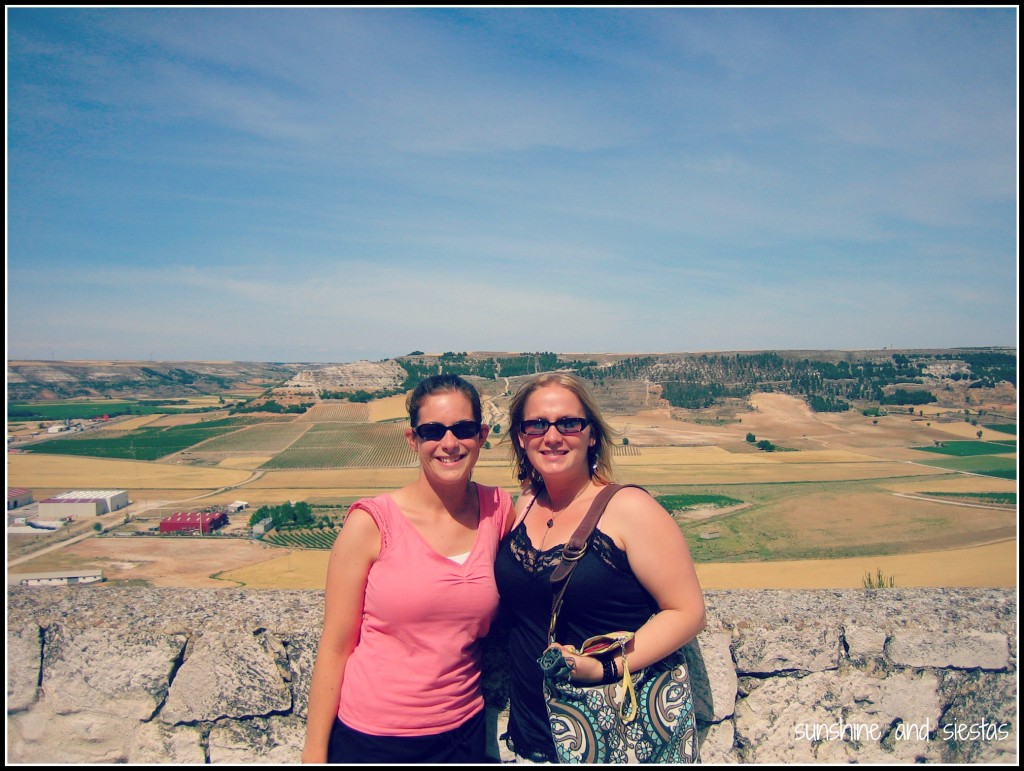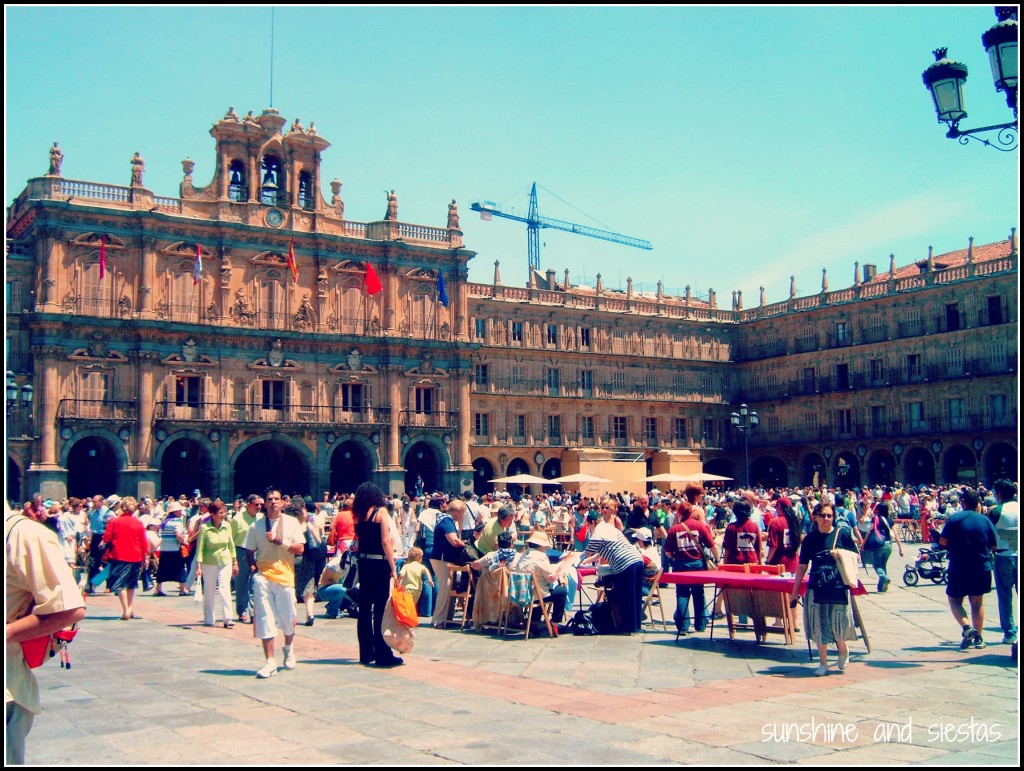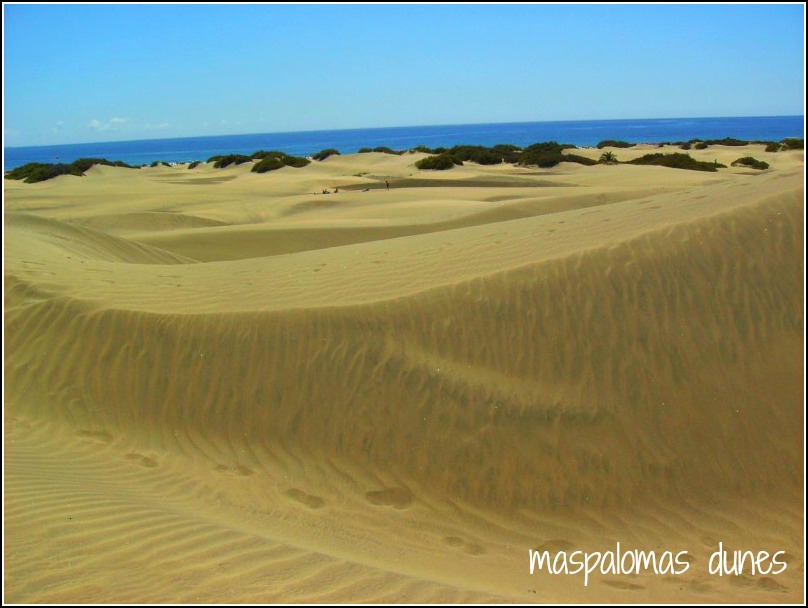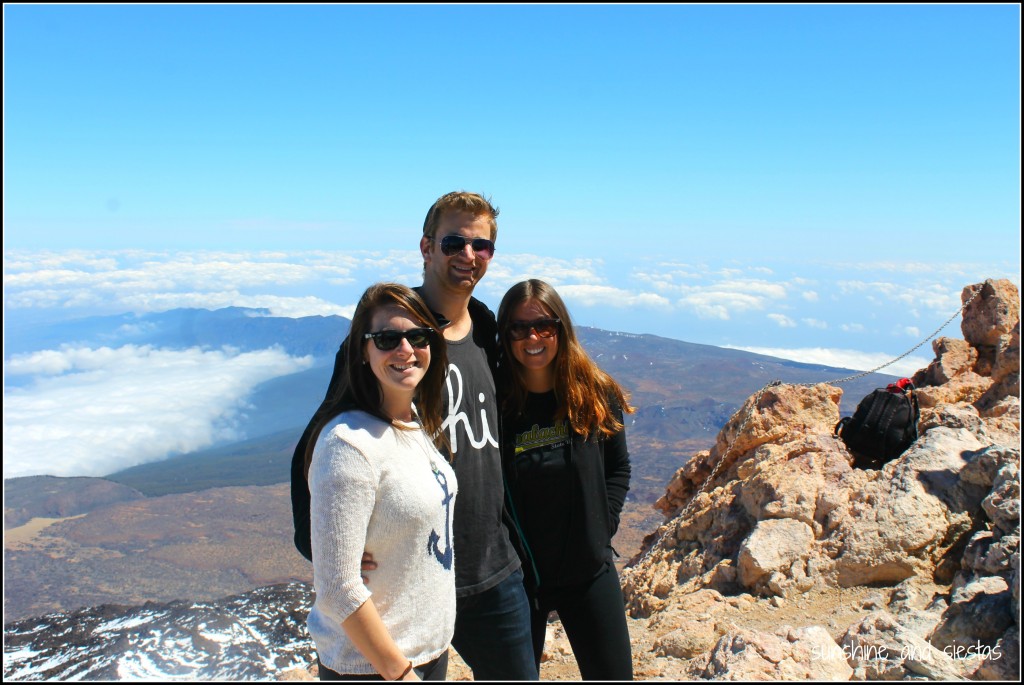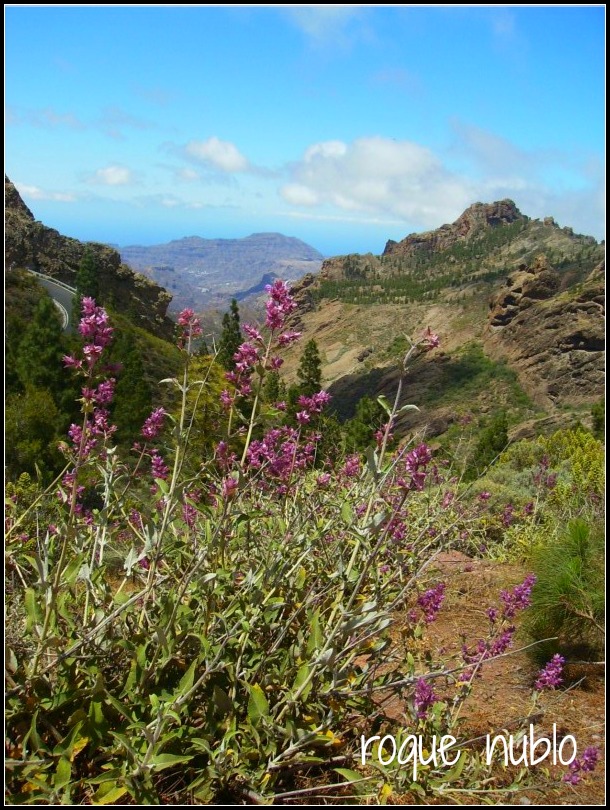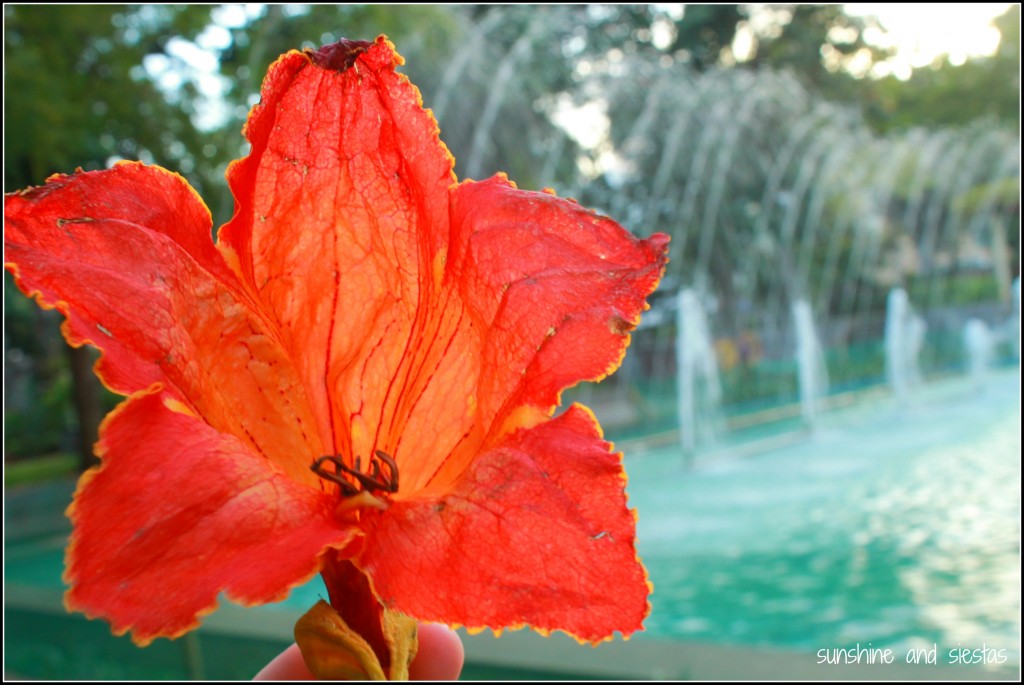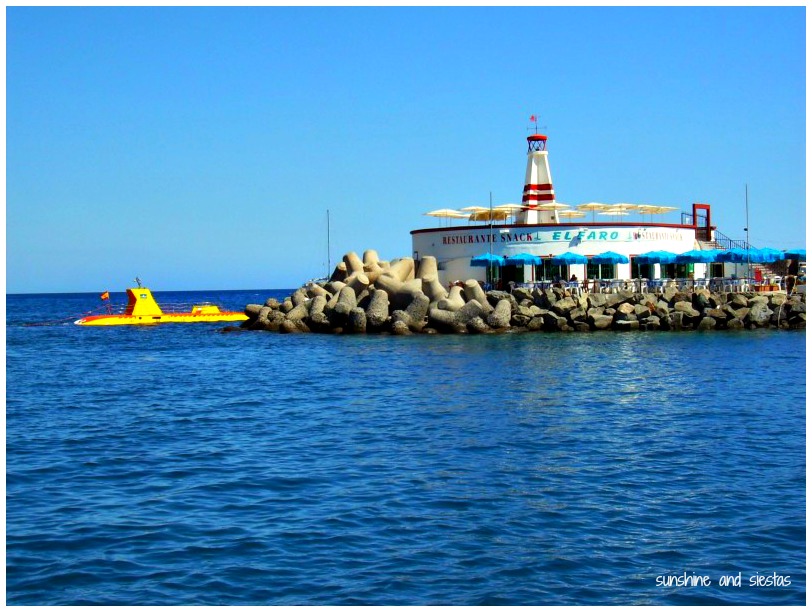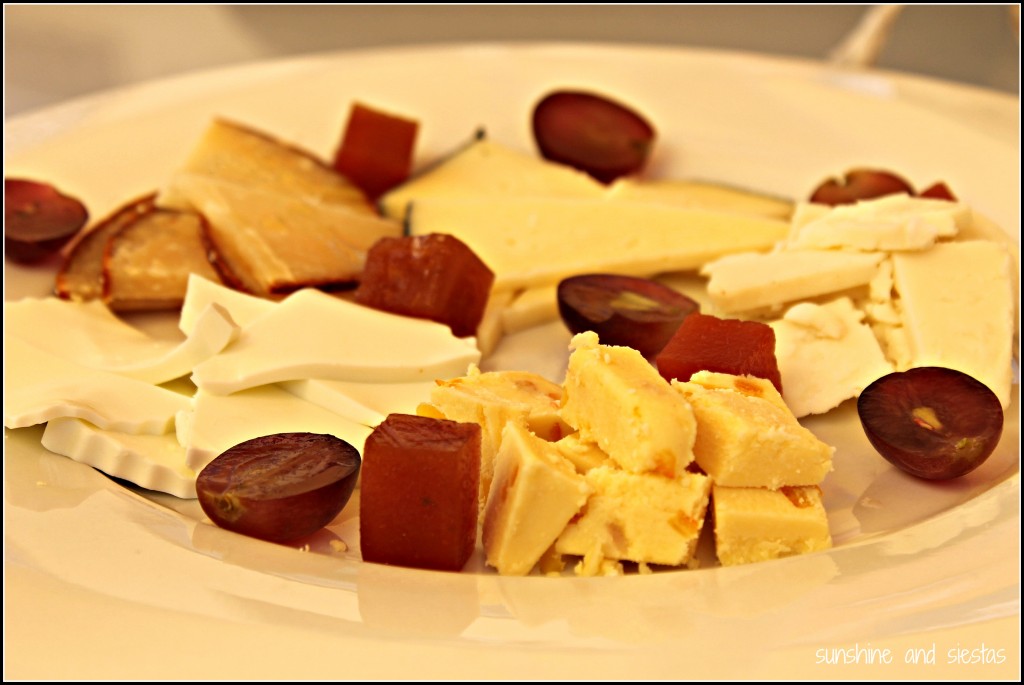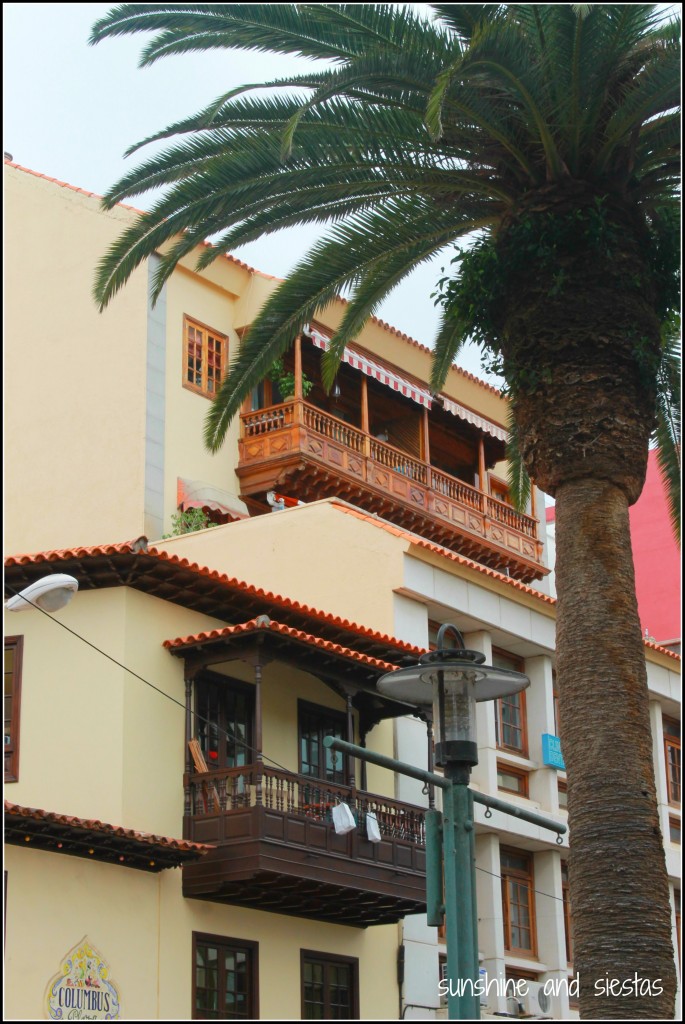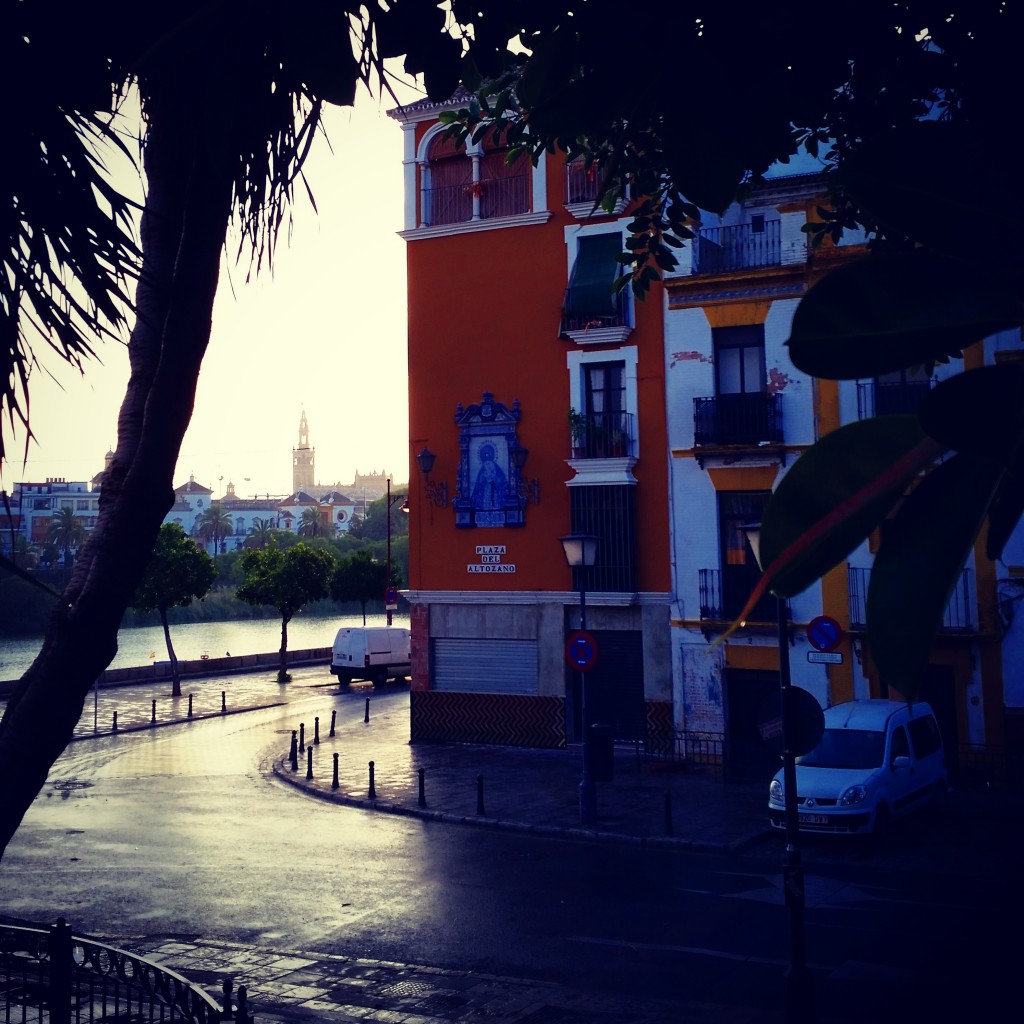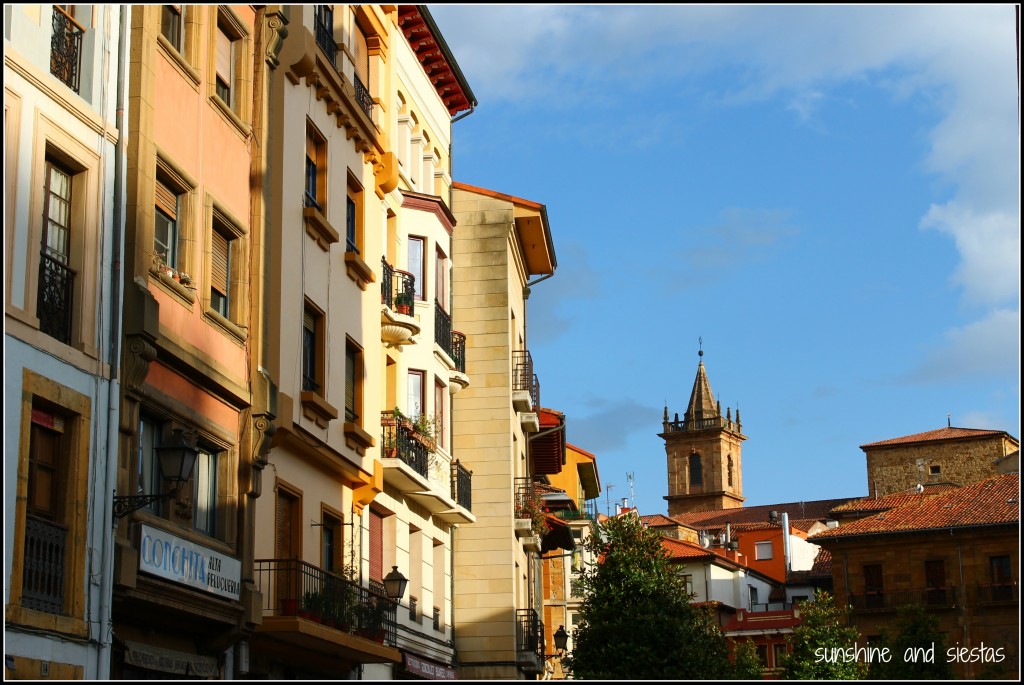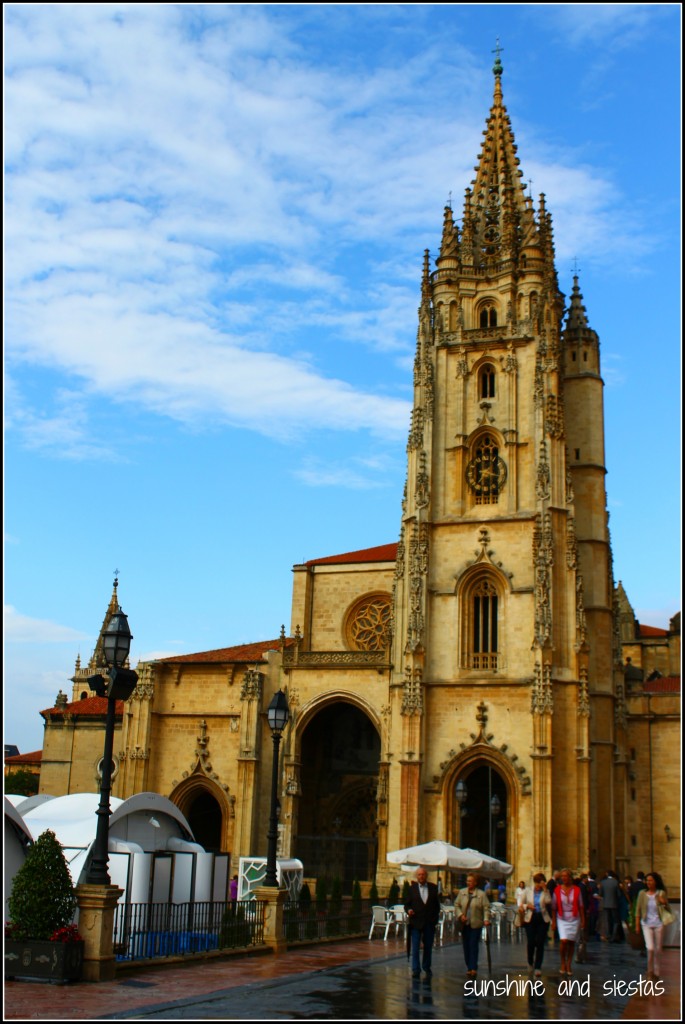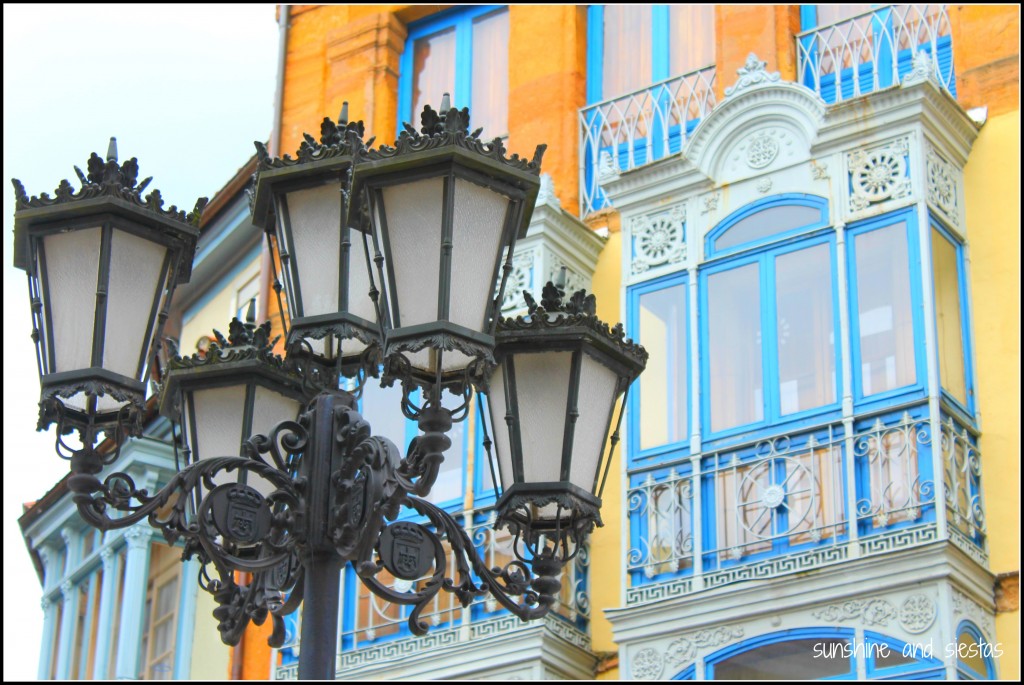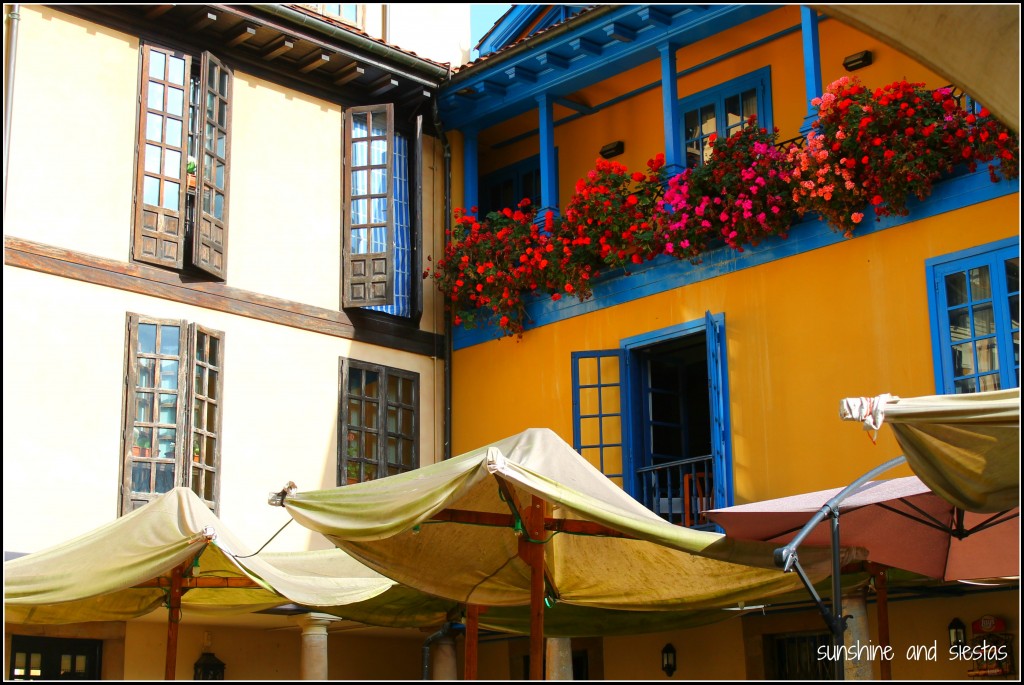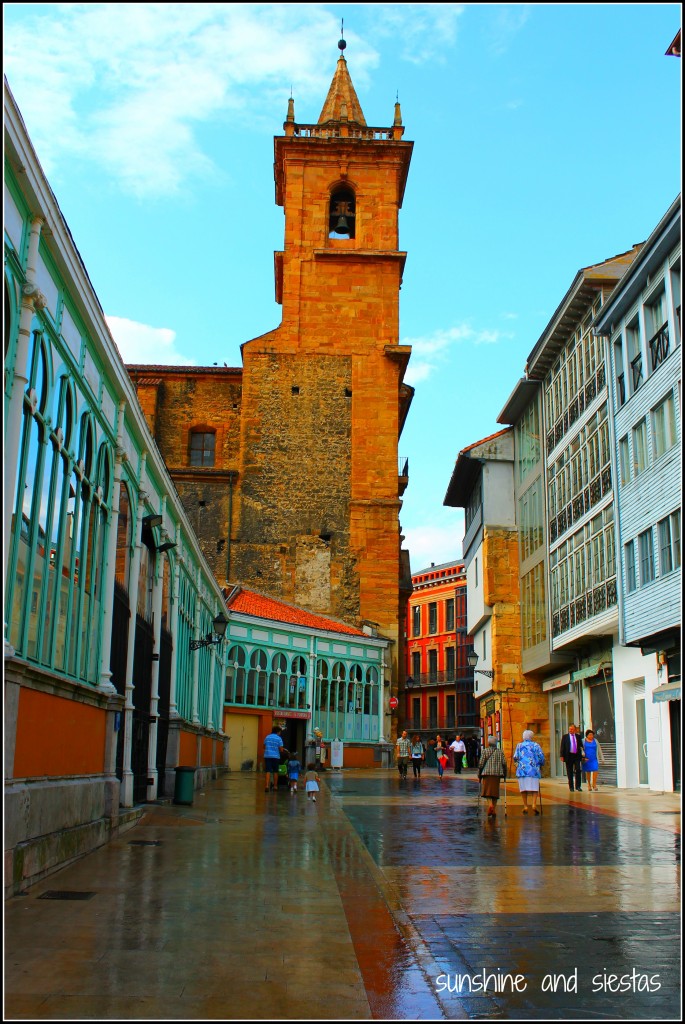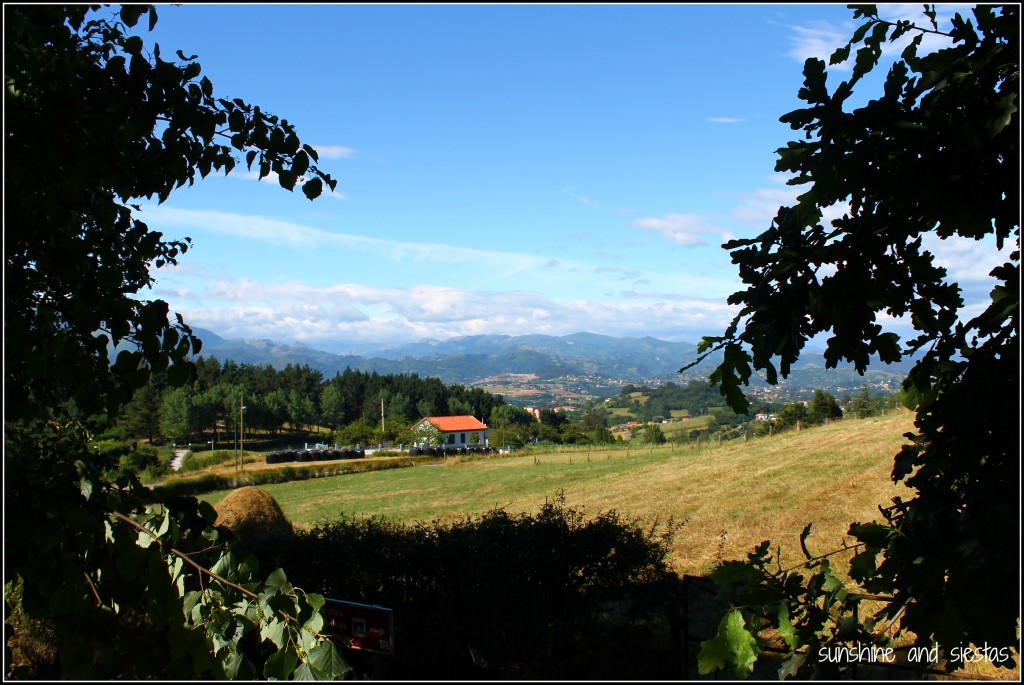I admit I’m terrible at keeping secrets, but only the kind that you’re bursting to share with people. The kind where no one is being talked about and no one will get hurt.
I would have loved to keep the Novio completely in the dark about our Tuscan holiday until we arrived to the airport in January 2013, but as someone who hates surprises, it was easier to tell him to pack for a weekend of eating and drinking, with a little bit of walking around in between courses.
It’s not secret that I love Italy and just about everything I’ve experienced – my great aunt married an Italian just off the boat, and together they founded Chicago-based Italian food import company Dell’Alpe. Italian food and language have always been present at my family gatherings. The Novio had never been to anywhere north of Cagliari, so I bought him round-trip tickets, a secret I kept for less than three hours.
Having spent my first solo trip in Florence, the city’s main sights held little mystique, so I got a local to spill the beans – Tiana Kai, an American married to a Fiorentino, who sent me a list of bars, enotecas and hole-in-the-wall trattorias. But everything went out the window when we arrived cold and hungry to Florence after 10pm.
Despite wrong turns, nearly scratching our rental car and being at the inability to find our hotel, the concierge suggested a hidden trattoria for dinner. When I say hidden, I meant really was – even after an exhaustive Internet search, I still can’t find the name. It was near the Mercato Centrale and just as nondescript as every family-run restaurant on the street.
We arrived just before the kitchen closed around 11pm. Ushered to a table and poured glasses of wine, we blinked blindly at the menu, which was all in Italian. A group of American students chattered nearby, crinkly their glasses of Chianti together every opportunity they got.
I found two words I knew – ravioli and gorgonzola – and settled on it. The Novio ordered another ravioli dish and a plate of antipasto. We broke a no-pasta-or-rice-before-bedtime rule.
The restaurant’s kitchen was just over his right shoulder, so I watched the chef hand roll the pasta, shape the raviolis and stuff what looked like pulled pork into the small squares of pasta. Lumps of cheese went into mine, which were then tossed in a wine sauce and garnishes with walnuts. The Novio had unwillingly chosen wild boar, which is also the unofficial mascot of the city (hence the photo).
The following morning dawned cold but bright. I walked the Novio past all of the important sites – the Uffizi Galleries, the Duomo, Ponte Vecchio. We vowed to spend our euros on food and drink, and therefore skipped the lines at the Medici palace for an espresso in the square, just steps from the iconic David statue.
We ended up near Santa Croce at noon. Entrance was a few euros, but as soon as the Novio found out it was Franciscan, he was willing to fork over the equivalent of a nice glass of wine. Though not a secret, hidden church, this basilica houses the remains of illustrious Italians, like Galileo and Michealangelo, in addition to providing respite from the cold sun. It’s a simple church, though its 16 chapels house frescoes from celebrated Italian artists.
We sat in the adjacent plaza after our visit,and I turned on my data to try and find a hole-in-the-wall pizza place I’d visited a few years back and found an open wi-fi code at a nearby wine bar.
A college friend of mine had studied in Florence and recommended Il Gato e la Volpe. I had a meal there five years before, during my first trip alone in 2008. The waiters had sat me with an Italian American family who shared their wine and breadsticks with me as I devoured a pizza by myself.
Secret or not, this is as dive bar as classy Florence gets – wood paneling, rickety chairs and the smell of burnt pizza crust. We shared a liter of beer, a pizza and gnocchi with pesto for less than 12€, the price of a plate of pasta or individual pizza in a moderate restaurant near any major site in the city. (Via Ghiballina, 151, near Santa Croce. Open Daily)
We walked off our plates in the neighborhood, exploring roadside monuments and tucked-away piazzas before ending up back at the Arno and within view of the Ponte Vecchio.
The last place on our list was Piazzela Michelangelo – not an off-the-map place by any means, but most tourists don’t know it’s accessible by car. Tiana had clued us is, so we grabbed our bags from the hotel, shifted into first gear, and climbed the winding street in our Fiat.
The views were stunning on the clear day. We traced our steps through the narrow roads of the so-called Cradle of the Renaissance, from the Mercato Centrale to the Duomo to the backstreets of Santa Croce.
We were soon on the road to Bologna, food capital of Italy, where we’d skip again the leaning towers in favor of pasta, oysters and wine. Even in Emilia Romagna, we’d find locals willing to lead us to local foodie hangouts and invite us to rounds of grappa in the university area.
We left Italy after 48 hours, easily a few kilos heavier and without seeing any major sites. Unless, of course, you could seeing the Ponte Vecchio from afar.
Have you ever been to Florence or Bologna?
